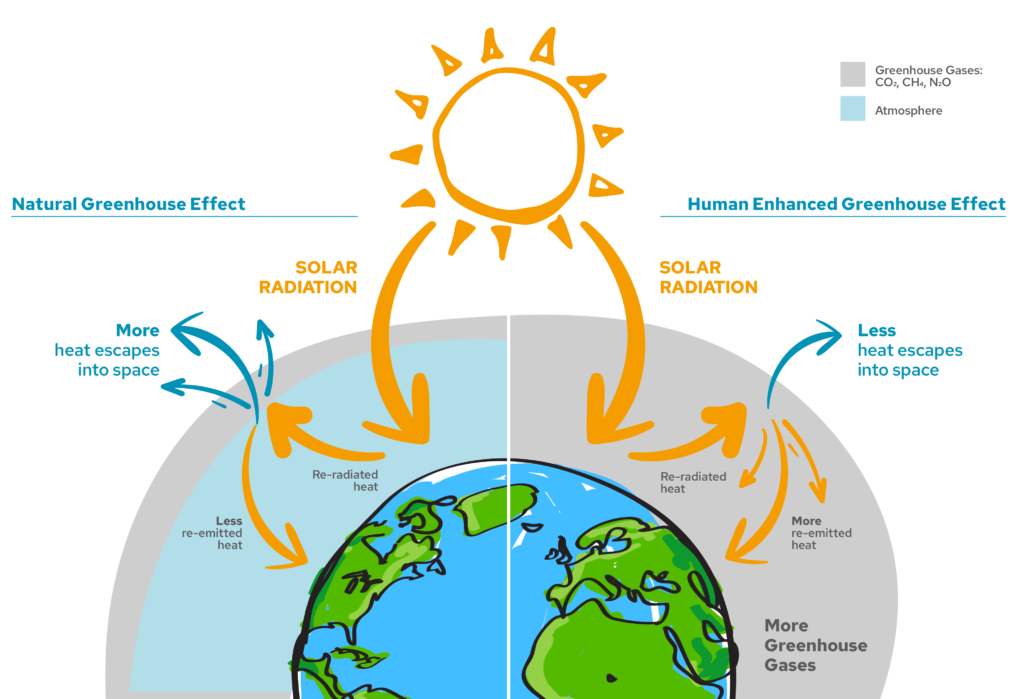“Climate is what we expect, weather is what we get.” (Mark Twain)
Have you ever wondered how science can tell us what the climate will be in 2050? For many people forecasts of the weather for the next week are not very reliable. So how are we supposed to believe what scientists tell us will happen with the climate 30, 50 even 70 years ahead? Well, the answer lies in the difference between the weather and the climate.
Look outside your window and you could probably describe the weather. In scientific language ‘the daily local weather is determined by large-scale factors such as global atmospheric circulation, and small, chaotic factors such as storm activity at a particular time and location’ (IPCC, 2007, FAQ 1.2). Weather is something we directly experience as variations in the atmosphere. By contrast, the climate is a statistical representation of the average and variability of weather over a set time period, typically 30 years. As such, it is not something we can typically experience or comment on. Again, in scientific language ‘climate represents average weather. It is usually described in terms of the mean and variability of temperature, precipitation and wind over a period ranging from months to millions of years, but typically the period is 30 years’ (IPCC, 2007, FAQ 1.1).
This difference explains how we can say something about climate change while having limited confidence in weather forecasts a week, or two weeks, ahead of time. Whilst it is hard to believe anyone stating exactly what the weather will be outside my window in exactly two weeks time(to the minute, hour or day), there is an ability to have confidence in predicted trends such as the temperature being warmer or a predicted cyclone on its way across the country.
The atmosphere is a layer of gases that surrounds the earth. The atmosphere is highly sensitive to the initial temperature conditions of earth’s air, sea and land. Small differences in these conditions lead to changes in the weather. Because these changes are so sensitive and somewhat chaotic in the different types of weather produced, it is only possible to attempt to predict the weather two weeks in advance.
However, the climate is driven by large-scale factors such as the level of radiation received from the sun, the atmospheric composition and movement of currents in the ocean, such as the El Niño Southern Oscillation. These factors vary much more slowly than the atmosphere and so we can predict how they will change and by extension the general atmospheric conditions we can expect (such as warming temperatures).



